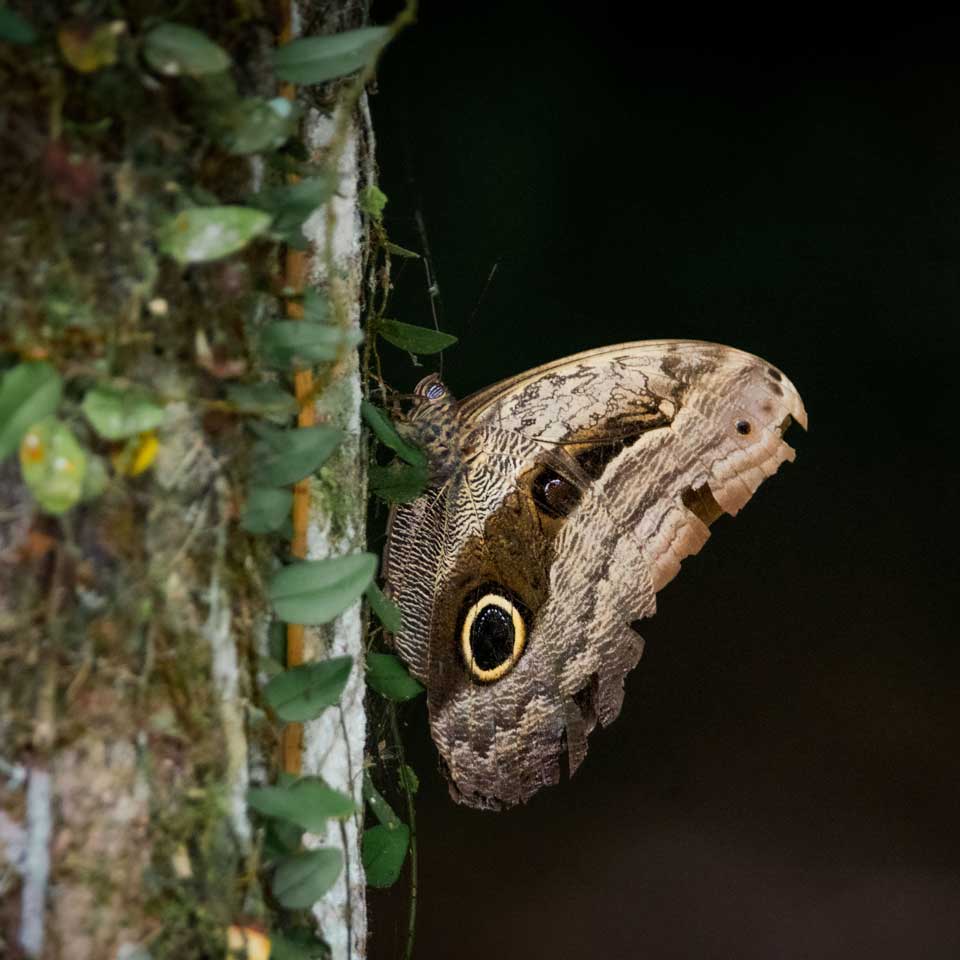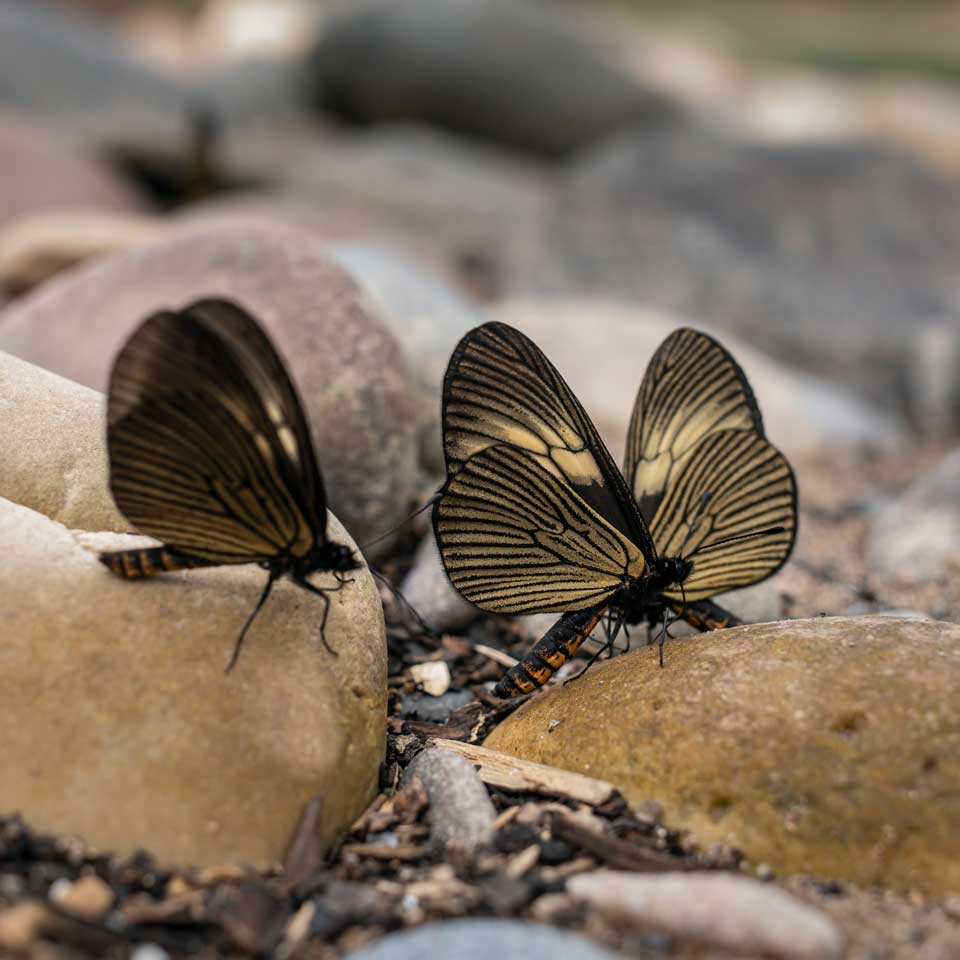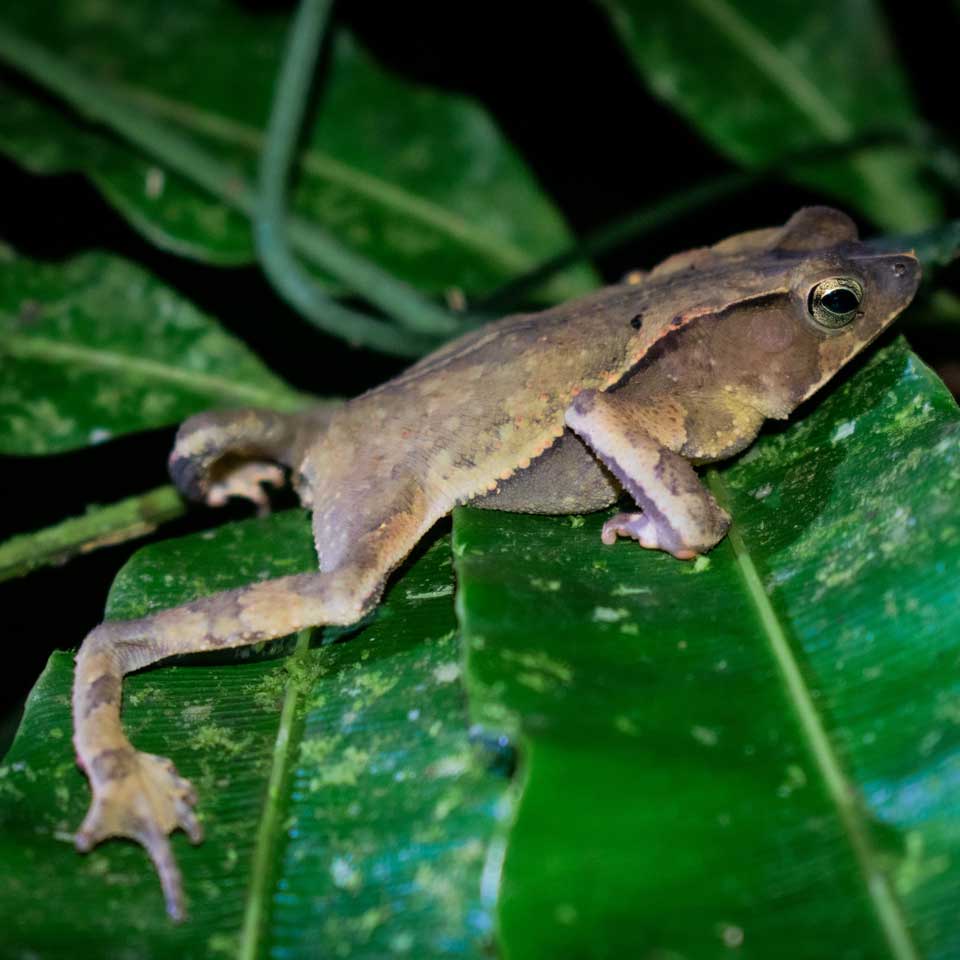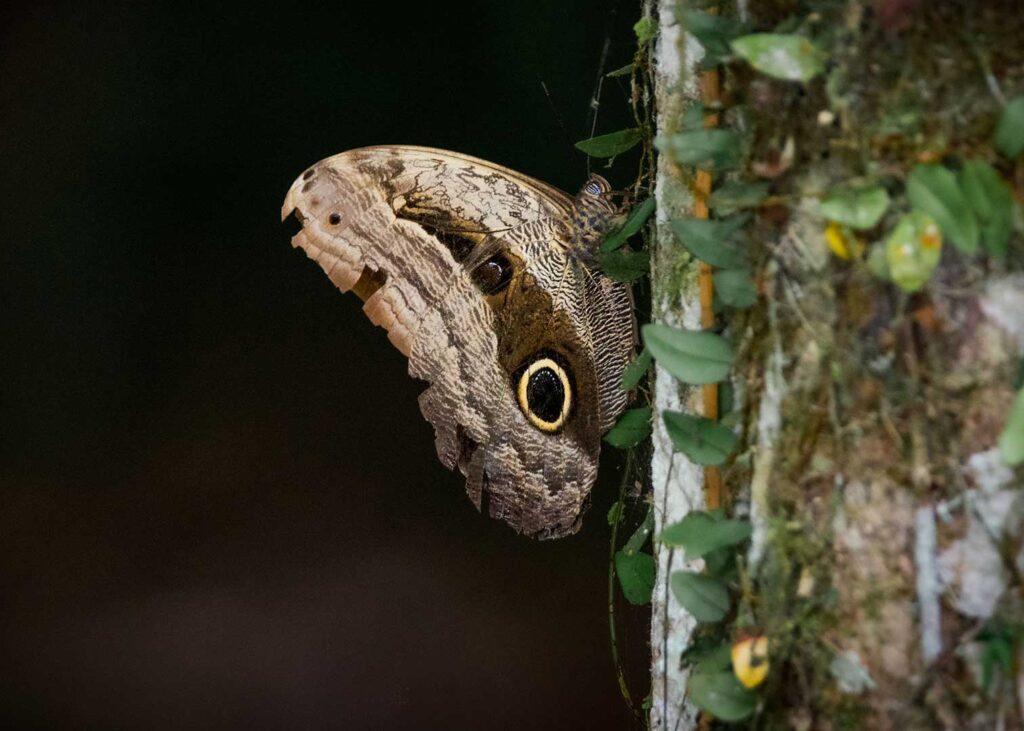Conservation activities are community-led and implemented with a unique organizational structure, including democratic and participative decision-making processes. Regular meetings and workshops are held to coordinate the efforts of local associations.
The Biocorredor Martin Sagrado project empowers communities to improve territory management and increase environmental commitment — focusing on production, protection, and inclusion. Through training programs and education initiatives, we raise awareness of conservation topics to enhance community participation in conserving and restoring degraded lands.
Local communities also benefit from income diversification opportunities, including agroforestry, aquaculture, beekeeping, and livestock programs. We also generate employment opportunities through the development of local tree nurseries and recruitment of workers for conservation activities.










